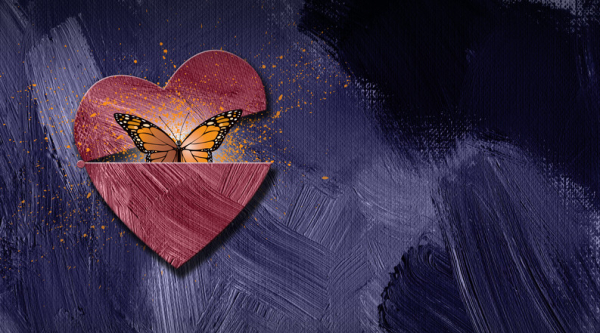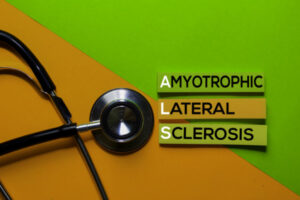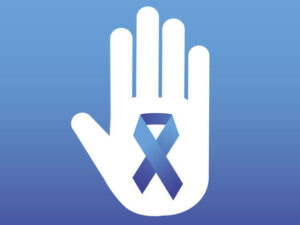
I grew up in India with my loving family, living in a 1,000-square-foot room. I was fearless and often experienced the bumps and bruises of an active boyhood. I always got up, dusted myself off, and walked again. I learned resilience and was a happy child.
Throughout my work as a physician, the importance of resilience has resonated. I lead research on the effects of consciousness, meditation, yoga, and spirituality on health. Little did I know my understanding of these issues was going to hit close to home.
Becoming a patient: A transformative day
It was an ordinary day. After long hours at work, I went home to enjoy dinner with my family. I did my daily exercise on the treadmill and relaxed, watching television with my son.
Suddenly, I experienced crushing pain. At first I didn’t want to take it seriously, but this pain was too much to bear and I fell on my knees. My wife quickly called 911, thinking it was a food allergy. When the EMTs arrived, I asked them to take me to the hospital where I work. There wasn’t time for that, they told me.
Those were the last words I heard.
Mindful awareness: Pain, but no suffering
I woke next to the squeaking sound of the bed wheels. I heard my best friend screaming, “I am here!” I felt a severe pain on my left shin. At that moment, I was simply aware of what was happening. The “watching myself” began. Was this a spiritual self-awareness, or the meta-awareness described by neuroscientists?
For the next few hours in the ICU, I had the range of disconcerting symptoms that accompanies a severe heart attack — the type of heart attack that only 5% of people survive. Yet it was like I was watching myself in a movie. While I was aware of profound discomforts that should have been terrifying, I felt no suffering. This experience stands out to me even today.
During my heart attack, I experienced a distance between myself, my body, and my mind. I was the witness of the event, not its victim. I believe that this is the result of a regular yoga and meditation practice that transformed my life forever. The type of yoga I practice emphasizes this distance between mind and body, but such benefits are not unique to any single type of yoga or method of meditation. My personal preference is Sadhguru yoga — you can try a simple Sadhguru meditation exercise here.
Bringing intention to illness
My experience is a powerful reminder that aligning spirituality with health not only can help you stay well, but can help you weather “dis-ease” with more intention.
Facing our own mortality can shake us into acknowledging that our time on this earth is indeed short. It serves up a strong reminder to prioritize the things that matter the most in your life. Before the heart attack, my life was driven primarily through intellectual knowledge. But now, I experientially know that there is much more to life than what my intellect perceives. I ask myself: Have I lived my life to the fullest? What impact have I had on the people around me, the city I live in, and the planet I walk on?
We have no control over what life throws at us. But we have a lot of say over what happens within us. I am grateful to the unbroken chain of resuscitation, science, and, I believe, my spiritual practices. As the new year begins, I’d encourage you to consider making spirituality — however you define it — a part of your health goals.



